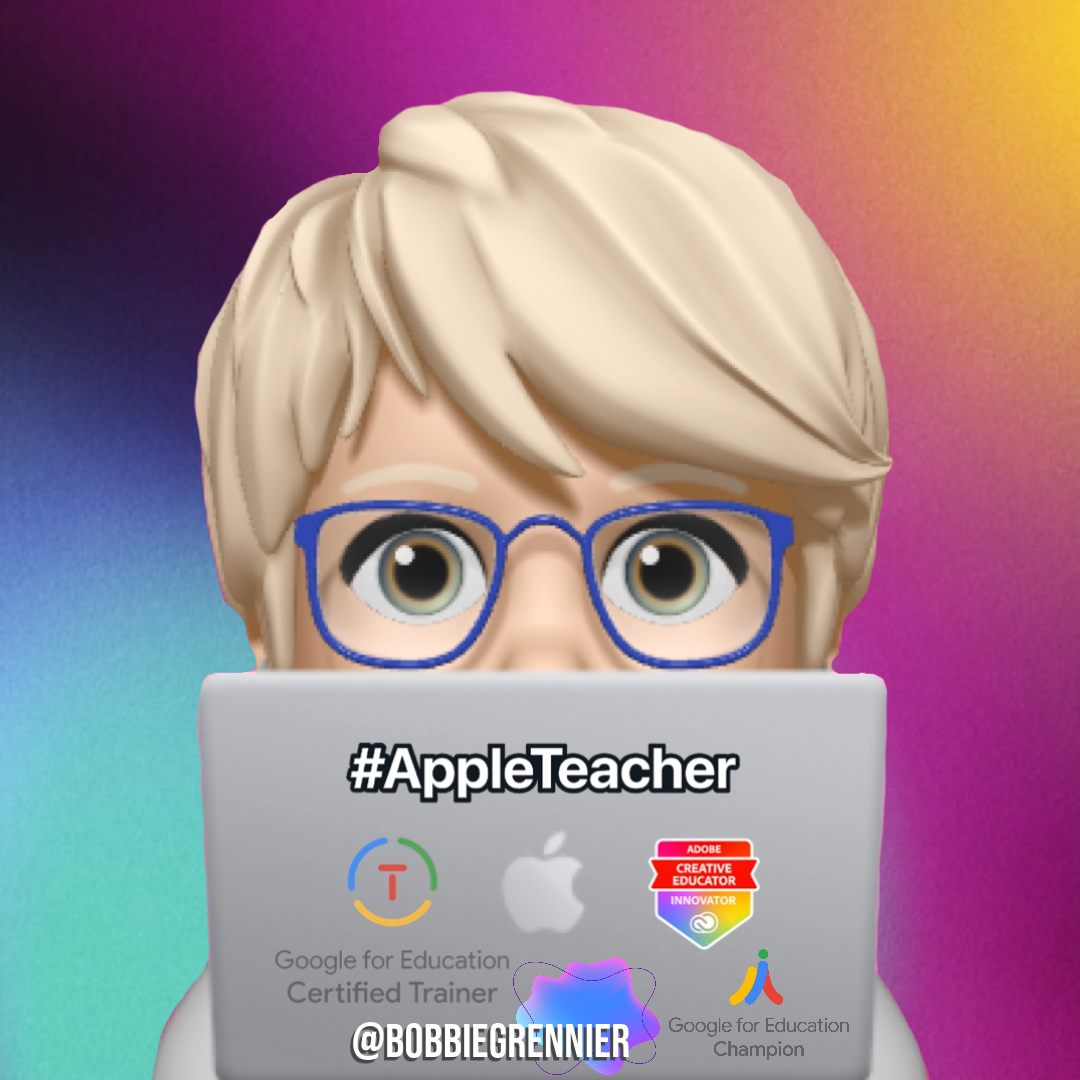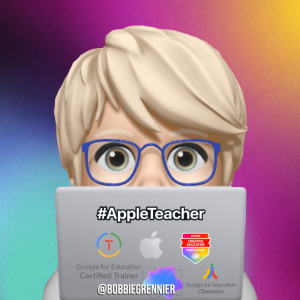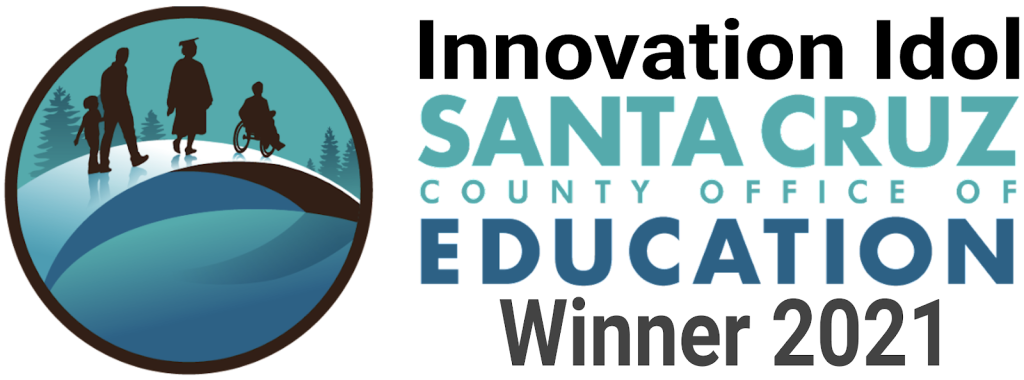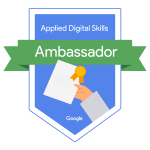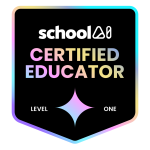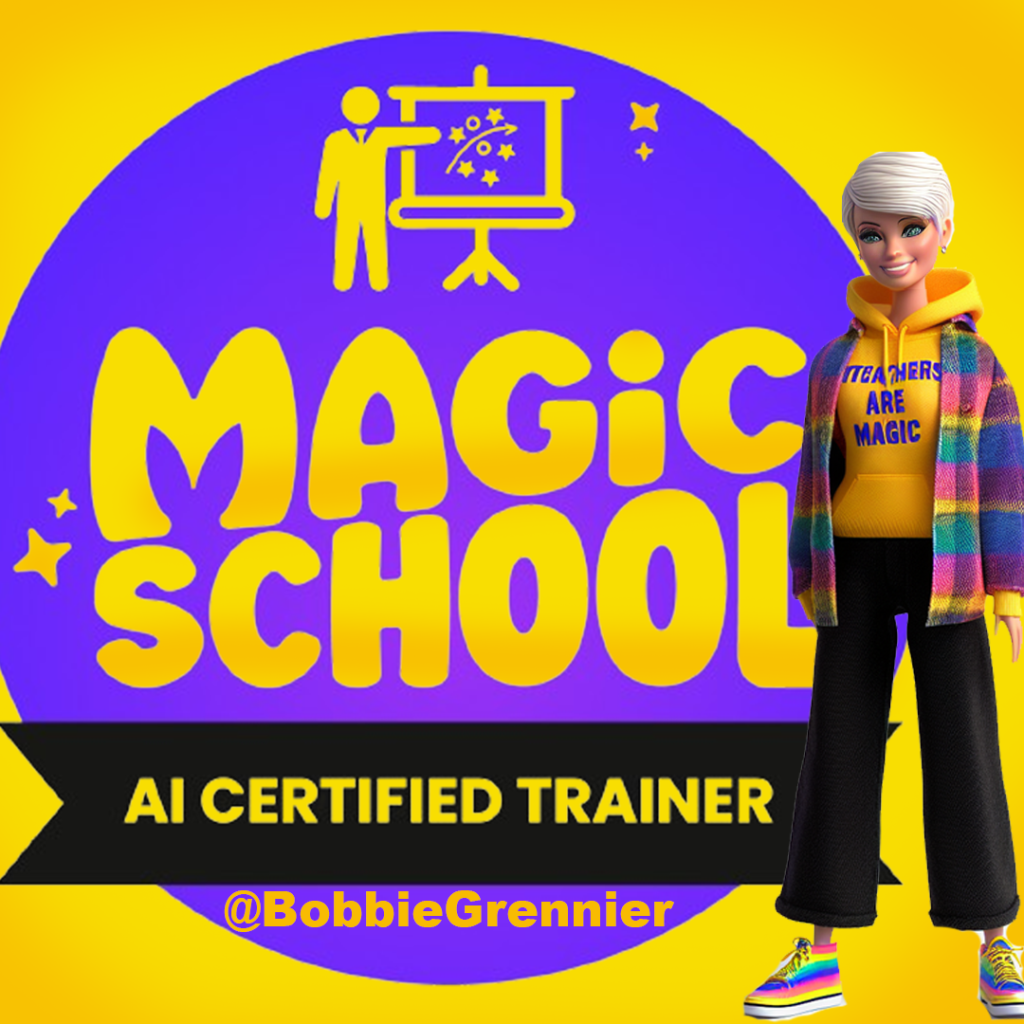Five days of digital citizenship in the first five days of school.
DAY 1 Collaborate with your students about the topics below. From this collaborative process with the students, make 10-20 points on an acceptable use policy and hang it in the classroom.
- Each class creates their own Acceptable Use Policy. Kids make one that has ten rules on how to behave using their digital devices.
- Whose responsible for that technology? What does that entail? Like appropriate screensavers, keeping the machine clean, etc.
- Commenting and discussions should be kind and thoughtful. No bullying.
- Whose in charge of accounts? What happens if your password is compromised? Where do you keep your password?
- Digital friendships. When can you use social media for communicating with others?
- Consequences for off-task behavior?
- Keeping all devices charged. What happens if you don’t? Alternatives?
- Parents monitoring at home. Should kids have to power down at a certain point?
- Collaborative efforts. What should be expected as their behavior and work ethic around these collaborative efforts?
Day 2 Talk about online privacy with the agenda goal being to realize nothing online is private. Do this project with the Question Formulation Technique (QFT) to get students asking questions. Ultimately, students realize that anything can be screenshot, thus nothing online is private.
Day 3 Talk about Appropriate Digital Communication.
–> Student to student
–> Teacher to student
–> Student to teacher
Look at what’s appraise from student to student? What can they be talking about while in class? What’s not appropriate? How will the teacher communicate with them online? What is the student needs to talk to the teacher after class? What types of digital communication are appropriate?
The Goldilocks Effect: You don’t want too much. You don’t want too little. You want it just right. Youtube third graders talking about this “How to Write a Quality Comment.” Look at online example of commenting and have students discuss whether they are appropriate or not.
Student can use dry erase markers to write their thoughts about commenting on their desk. Then, have students visit each others desks to read the whole class’s thoughts on appropriate commenting.
Day 4 Personal Branding. When you’re posting or commenting, you are telling the story of you. Will you be a kind, nice person? Or will you be a bully? What story do you want the world to think about you?
Day 5 Digital Manners. Example, if a student takes a picture with another person, and the student looks good, but the other person doesn’t. Is that good digital manners?
Discuss and requirement that if the student is going to use any picture of anyone else, they must get permission from that person. Create a permissions note for them to use. Then, they will have a signed document. This teaches students to learn to have permission first before using the likeness of another person. So, when students submit their work for grading, they must also turn in the permissions for signed by the other person.
Discussion on what to do when students see something inappropriate online. Like take a screenshot or tell a teacher. They can come up with the ideas of what to do. This should teach student to stop the cycle of bad comments and bad behavior online.

